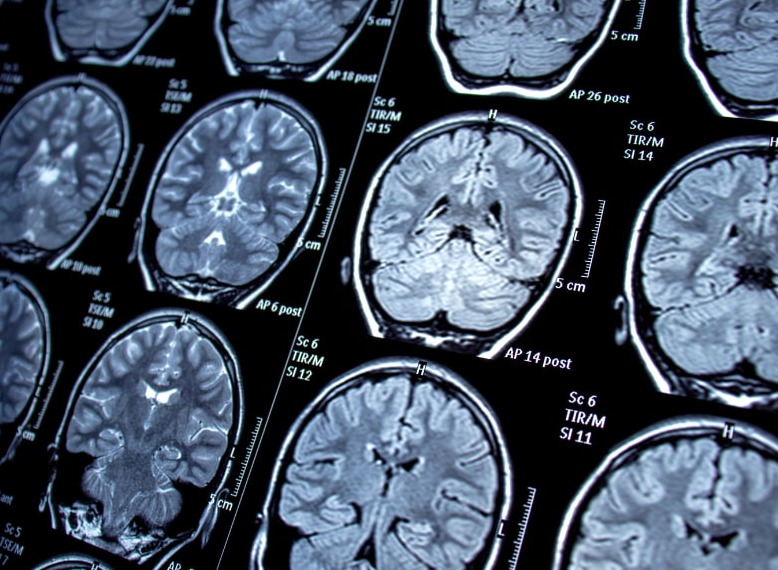Wristband devices detect dangerous seizures in patients with epilepsy
Published 8 Nov 2017

New research published in Epilepsia, a journal of the International League Against Epilepsy (ILAE), indicates that wristband devices may improve the detection and characterization of seizures in patients with epilepsy.
New devices are needed for monitoring epileptic seizures, especially those that can lead to sudden death. While rare, "sudden unexpected death in epilepsy" (SUDEP) is the most common cause of death in epilepsy, and it often occurs at night. The gold standard for monitoring seizures -- video-electroencephalography -- is available in epilepsy monitoring units but is an impractical procedure for daily life use. Therefore, clinicians often rely on patients and caregivers to report seizure counts, which are often inaccurate.
In their attempts to develop a better monitoring method, Giulia Regalia, PhD and Francesco Onorati, PhD, of Empatica Inc. in Milan, Italy and Cambridge, Massachusetts, and their colleagues examined the potential of automated, wearable systems to detect and characterize convulsive epileptic seizures. The researchers used three different wristbands to record two signals -- called electrodermal activity and accelerometer signals -- that usually exhibit marked changes upon the onset of convulsive seizures, obtaining 5928 hours of data from 69 patients, including 55 convulsive epileptic seizures from 22 patients.
The wristband detectors showed high sensitivity (95% of seizures were detected) while keeping the false alarm rate at a bearable level (on average, one false alarm every four days), which improves a pioneering 2012 study led by MIT professor Rosalind Picard, now chief scientist at Empatica.
In addition to detecting seizures, the method also revealed certain characteristics of the seizures, which may help alert clinicians and patients to seizures that are potentially dangerous and life-threatening.
"The present work provides significant improvements for convulsive seizure detection both in clinical and ambulatory real-life settings," said Dr. Regalia. "Accurate seizure counts with real-time alerts to caregivers allows an early application of aid, which can be protective against SUDEP risk." She noted that the wristband detectors do not require caregivers to be near patients continuously, which could significantly improve patients and caregivers' quality of life.
Science Daily
3 comments

You will also like

Epilepsy medicines pregabalin and gabapentin to be reclassified as class C drugs
24 Oct 2018 • 5 comments

 Facebook
Facebook Twitter
Twitter


